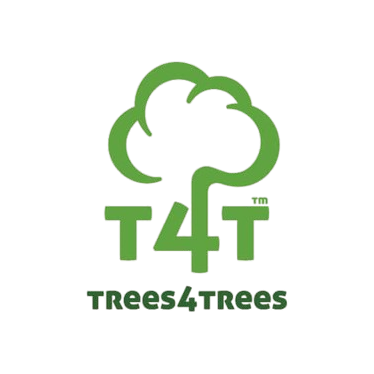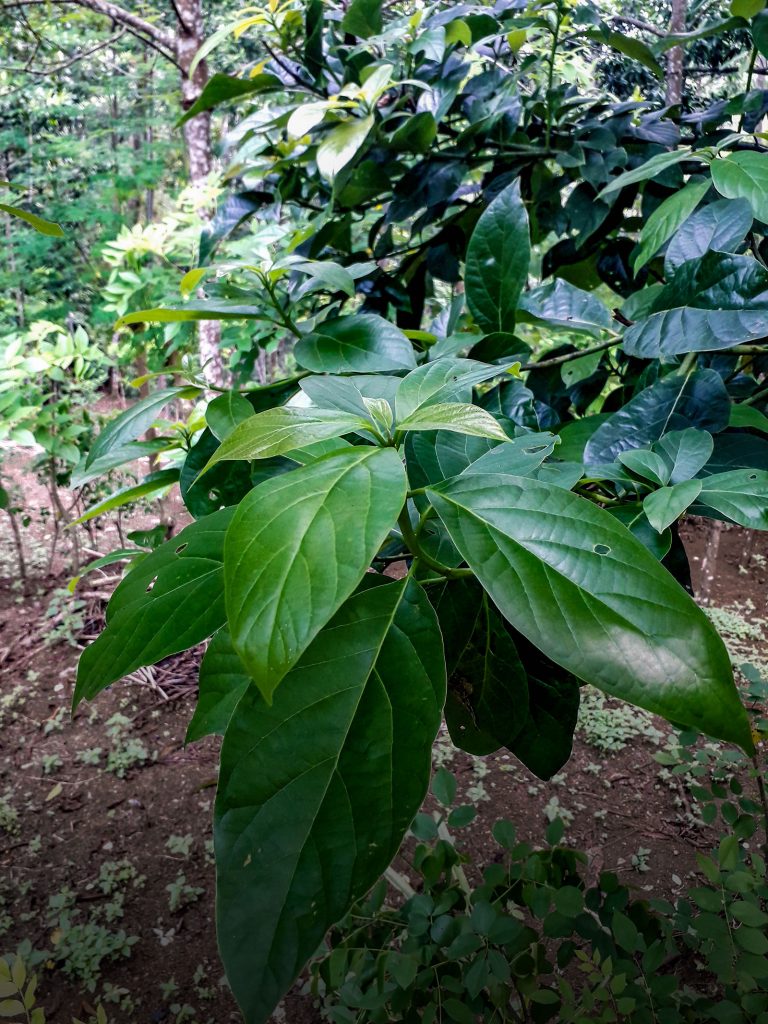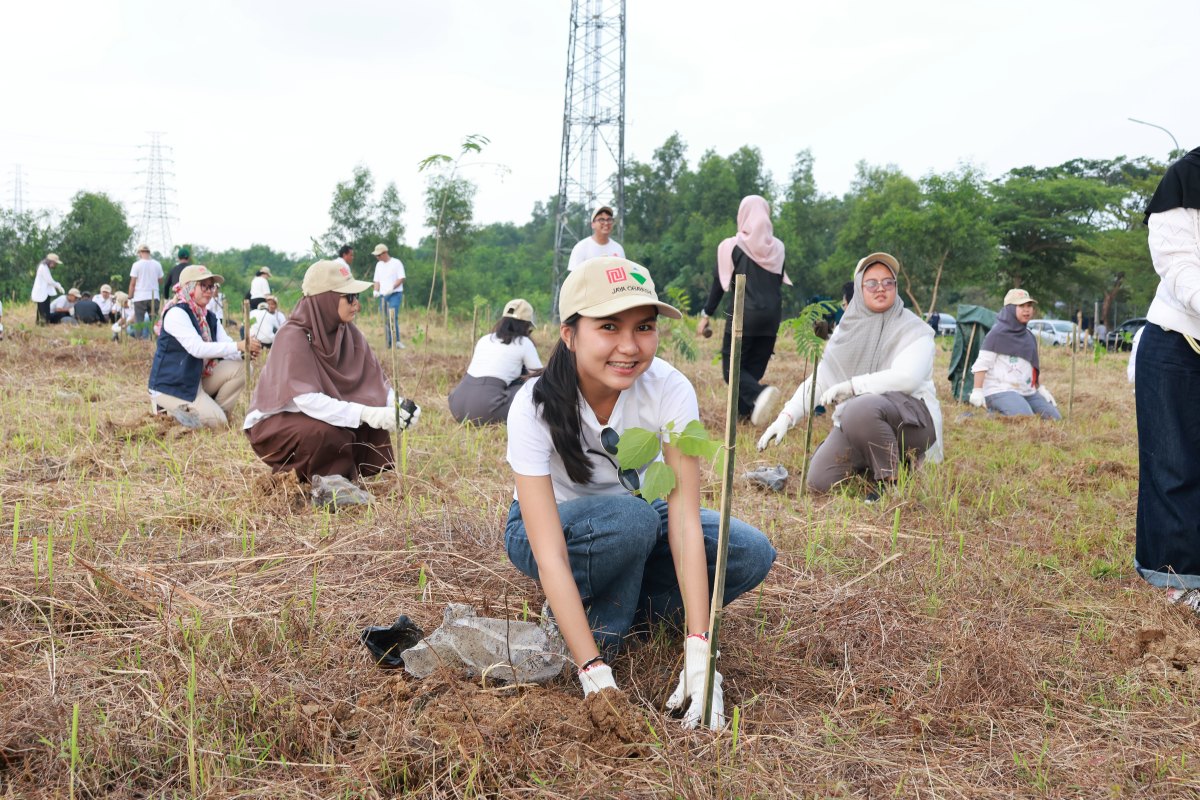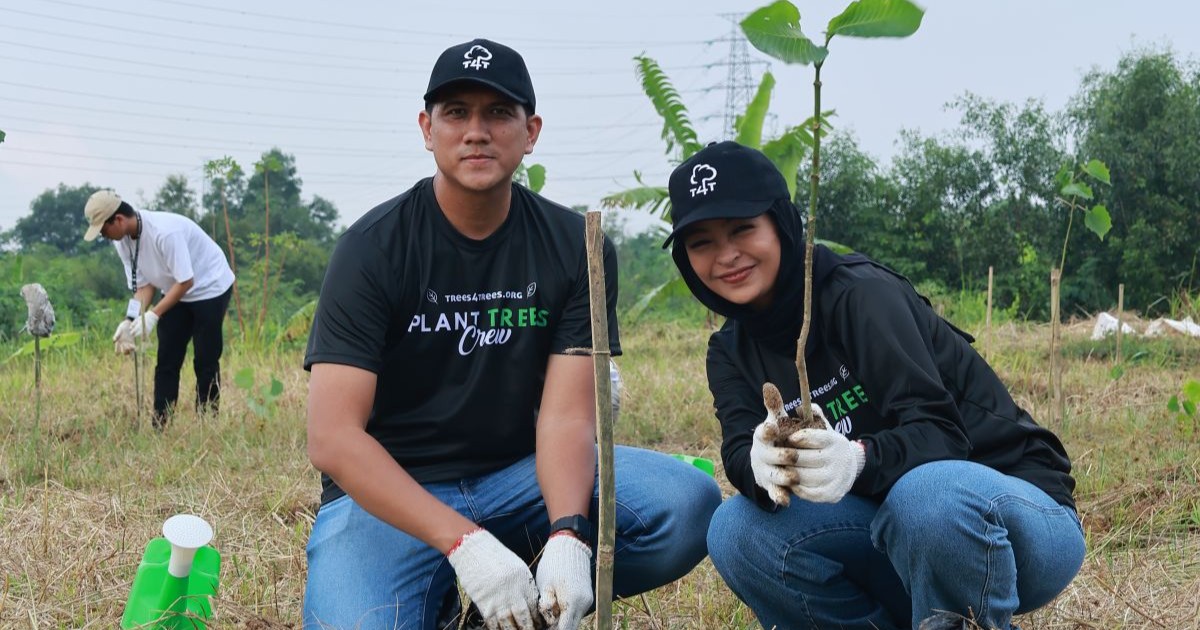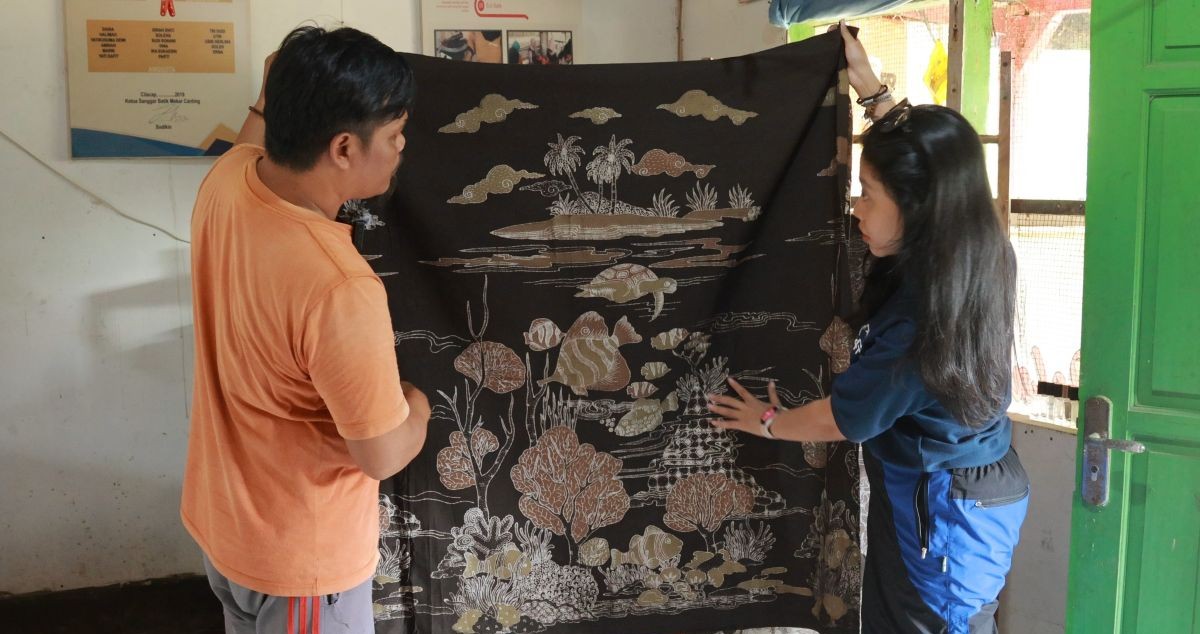Common Name |
Avocado |
Description |
Persea americana is a medium to large tree, 9-20 m in height. The avocado is classified as an evergreen, although some varieties lose their leaves for a short time before flowering. The tree canopy ranges from low, dense and symmetrical to upright and asymmetrical. |
Products |
Food: The tree is grown for its nutritious fruit that has long been important in the diets of the people of Central America. Consumption is most often as an uncooked savoury dish mixed with herbs and/or spices, as an ingredient of vegetable salads, or as a sweetened dessert. However, its texture and colour can be used to enhance the presentation and consumption of many foods. Cooking impairs flavour and appearance of avocados. The flesh represents 65-75% of the total fruit weight. The contents vary widely in different cultivars. The approximate content per 100 g of edible portion are: water 65-86 g, protein 1-4 g (unusually high for fruit), fat 5.8-23 g (largely monosaturated and documented as an anti-cholesterol agent), carbohydrates 3.4-5.7 g (of which sugars only 1 g), iron 0.8-1 g, vitamin A and vitamin B-complex 1.5-3.2 mg. The energy value is 600-800 kJ/100 g. The high oil content of the mature fruit gives the flesh a buttery texture which is neither acid nor sweet. The easily digestible flesh is rich in iron and vitamins A and B; providing a highly nutritious solid food, even for infants.
Timber: Wood of Persea has been used for house building (especially for house posts), light construction, furniture, cabinet making, agricultural implements, carving, sculptures, musical instruments, paddles, small articles like pen and brush holders, and novelties. It also yields a good-quality veneer and plywood. More popular for its fruits the wood of avocado is seldom used. The wood is brittle and susceptible to termite attack. |
